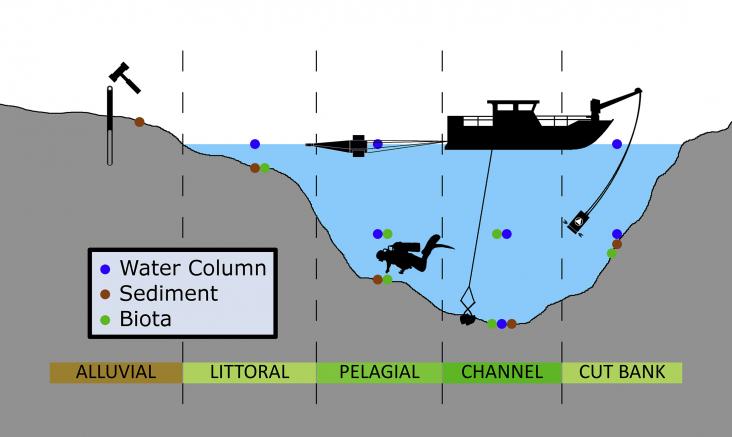Rising demand for renewable resources has increased silage maize (Zea mays L.)production characterized by intensive soil management, high fertilizer and pesticide inputs as well as simplified crop rot
This Special Issue, bringing together articles from Science of the Total Environment; Renewable and Sustainable Energy Reviews; Ecological Modelling, and Resources; Conservation and Recycling, highlights the increasing understanding that major systems servicing human well-being, food, energy and water (FEW) systems are inextricably connected, and any attempt to address one dimension in isolation of the others will lead to unexpected, undesired, and far from optimal consequences. Considering these three systems holistically as the Food-Energy-Water Nexus directly considers Sustainable Development Goals 2 (zero hunger), 6 (clean water and sanitation), 7 (affordable and clean energy), 9 (industry, innovation and infrastructure), and 12 (responsible consumption and production).
Elsevier,
Biodiversity of Pantepui, The Pristine “Lost World” of the Neotropical Guiana Highlands, 2019, Pages 403-417
This book chapter addresses goals 15, 13, and 12 by discussing conservation efforts to protect pristine and untouched land in the Pantepui area.
Food losses and food waste (FLW) have attracted much attention in the world recently and become a priority in the global and national political agenda. Better understanding of the availability and quality of global FLW data is important for benchmarking reduction goals, environmental impacts analysis, and informing mitigation measures. In this chapter, the FLW data for 84 countries and 52 individual years during 1933 and 2014 in 202 publications were examined, contributing to SDG 12.
Partner content
United Nations Global CompactUnited Nations Global Compact, June 2019
This report explores the role of business in securing a healthy, productive and well-governed ocean, contributing to SDGs 12, 13 and 14. Private sector innovation and investment, together with strong public and private governance frameworks, could exponentially increase the amount of sustainable resources delivered from the ocean, including healthy food, secure and affordable clean energy, and more efficient and lower-carbon transport.
The presence of small plastic particles in the environment, reported for the first time in the 1970's, has only recently been recognized as a global issue.
The Sustainable Development Goals and the Paris Agreement, as the two biggest climate action initiatives, address the need to shift towards a fully sustainable energy system.
Metal halide perovskite materials have revolutionized the solution-processed solar cells and become the vanguard of research focus with an unprecedented improvement of power conversion efficiencies up
Although the study of the effects of microplastics increased in the last years, terrestrial ecosystems remain less studied.

